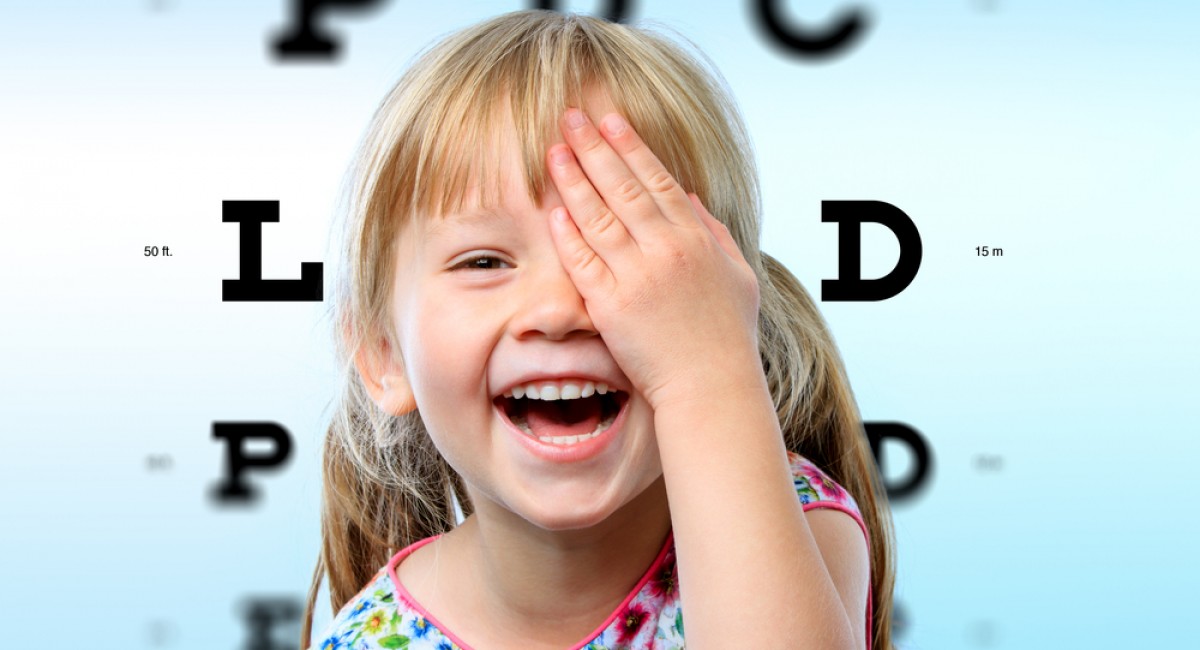Preparation For The Exam

Make time to sit down and explain what will happen during your child’s eye exam. Make sure your child knows that he or she will be asked to look at and identify objects for the eye doctor.
These could be pictures, letters, or shapes of light on the wall. Explain also that the eye doctor may put drops in his or her eyes but it will not hurt. Eye drops may sting a bit but only for a moment. Be honest with your child and work with your doctor to reassure your child.
You and your child can expect to spend about one hour at your child’s initial appointment depending on the needs
Eye appointments for young children or babies should be scheduled for times when they are well rested — usually in the morning
An infant exam should be scheduled for the baby’s least fussy time — after he or she has napped and been feed.
Be sure to tell your eye doctor if your child has or displays any of the following:
▪ A history of prematurity
▪ Delayed motor development
▪ Frequent eye rubbing
▪ Excessive blinking
▪ Failure to maintain eye contact
▪ Inability to maintain a gaze (fixation) while looking at objects
▪ Poor eye tracking skills
Also, be sure to mention if your child has failed a vision screening at school or during a visit to his or her pediatrician.
And be sure to inform your eye doctor about any family history of eye problems requiring vision correction, such as nearsightedness or farsightedness (refractive errors), lazy eye (strabismus/amblyopia) or eye diseases.